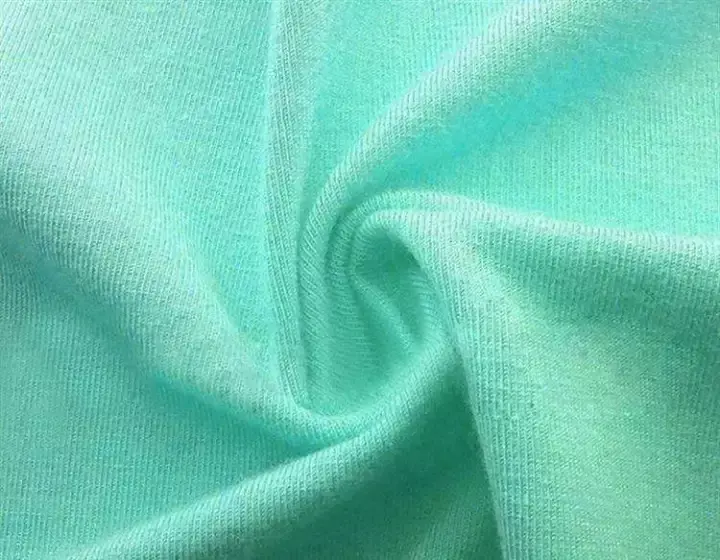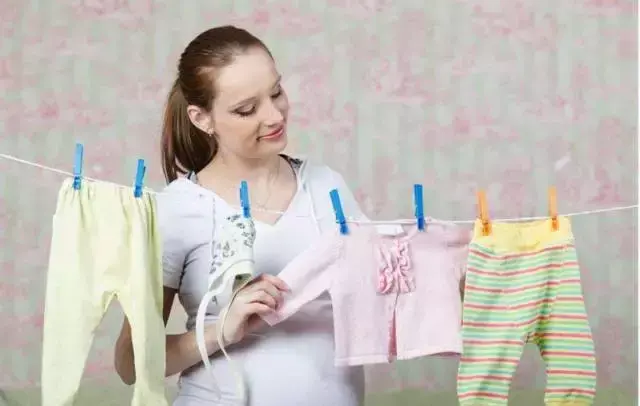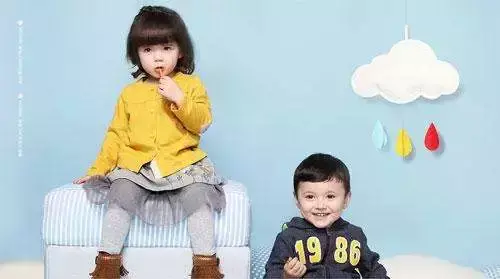
The fabric and style requirements for children’s clothing are more stringent than those for adults: fabrics and accessories increasingly emphasize natural and environmentally friendly materials. Based on children’s skin and body characteristics, pure cotton and polyester cotton are mostly used. , natural colored cotton, wool, fur and other harmless fabrics; the style pursues fashion, and popular elements such as sequins, embroidery, and ruffles are reflected in the design of children’s clothing. This article shares with you the basic knowledge of concentrated fabrics for your reference:
1 Cotton fabric
Advantages: strong hygroscopicity, good dyeing performance, soft hand feel, comfortable wearing, simple appearance, not easy to wear Insect-eaten, strong and durable.
Disadvantages: large shrinkage, poor elasticity, easy to wrinkle, poor shape retention, easy to mildew, slight fading, and not acid resistant.
Notes: Clothes and cotton fabrics should be moisture-proof and mildew-proof during storage, use and storage; they should not be exposed to the sun for a long time and the inner layer should be turned out when drying. They should not be soaked for a long time and should not be wrung out and should be moisture-proof. , mildew-proof, dry in the shade.
Ironing points: iron at low and medium temperatures; when ironing at medium temperatures, clothes need to be covered with a dry cloth to avoid aurora.
2 Cotton mercerized fabric
Advantages: After the cotton fabric is treated with high-concentration caustic soda (hair), it feels smooth, has bright colors, silky luster, and is comfortable to wear.
Disadvantages: slight fading.
Notes: (Basically the same as cotton fabric).
Term explanation: Mercerizing is a traditional processing technology for cotton fabrics. It uses low-number (high-count) cotton fabric, which is treated with high-concentration caustic soda to make it smooth and silky-like. It is then finished with high-quality softener, making it light, smooth and comfortable to wear.
3T/C fabric
Fabric technology: fine denier or ultra-fine denier polyester fiber interwoven with high-count combed cotton (40, 60, 80, etc.) become.
Advantages: The fabric feels crisp, smooth and brightly colored. The body is elastic, has good moisture absorption and breathability, has a smooth surface, and has a certain rainproof function.
Washing and maintenance: The washing temperature should be below 30C, the washing and soaking time should not exceed 30 minutes, do not bleach with chlorine, do not expose to the sun, do not wring out, do not tumble dry, suitable for drying in the shade, and pay attention to moisture.
Ironing points: Do not dry clean and iron at 110C low temperature steam.
4 wool materials
Advantages: soft and elastic feel, soft and natural luster, comfortable and beautiful to wear, high-end feel, good hygroscopicity, not easy to conduct heat, good warmth retention, anti-wrinkle, Especially after garment processing and ironing, it has better pleat forming and garment shape retention;
Disadvantages: not resistant to alkali, shrinkage, easy to wrinkle;
Note: washing The temperature should not be too high, avoid scrubbing and twisting hard, and avoid sun exposure; ironing points: wet ironing method, iron the clothes from the reverse side;
5 wool polyester fabrics
Wool Polyester fabric: refers to a fabric made of wool and polyester blended yarn, which is the most common type of wool blended fabric at present. The common ratio of wool-polyester blending is 45:55, which can not only maintain the advantages of wool, but also bring into play the advantages of polyester;
Advantages: Wool and polyester blends have a light texture and good wrinkle recovery performance. Strong and wear-resistant, easy to wash and quick to dry, stable in size, and durable in pleats;
Washing points: Soak in cold water for 15 minutes, then wash with general synthetic detergent. The temperature of the wash liquid should not exceed 45 degrees Celsius. The dirty areas of the collar and cuffs can be gently scrubbed with a soft brush. After cleaning, they can be gently twisted and placed in a cool and ventilated place to dry. Do not expose them to the sun or dry them to avoid wrinkles caused by overcooking;
6 Silk Fabric
Advantages: smooth feel, rich luster, comfortable to wear, elegant and luxurious; Disadvantages: poor anti-wrinkle ability, poor light resistance, cannot be exposed to the sun for a long time, sensitive to alkali reaction;
Ironing points: Iron at low or medium temperature on the reverse side, and spray water evenly;

Summary of the shortcomings of some ordinary fabrics:
Cotton: below ordinary long-staple cotton, more It will harden after washing
Colored cotton: only brown and green colors
Line: not wrinkle-resistant, easy to fade, easy to shrink mold
Ordinary silk: easy Shrinkage, not acid-resistant, sun-repellent
Wool (velvet): prone to insects
Artificial cotton: prone to sticking
Modal: prone to pilling and wrinkles
Tencel: hardens in hot and humid environment
Ice silk: easy to shed and harden
Bamboo fiber: easy to break

Function and grade identification of some common fabrics:
The higher the count of pure cotton fabrics, the better. High-count cotton with more than 80 count is close to the texture of silk;
Meili The slave is a breed of sheep. The wool fiber produced by this sheep is particularly fine and can be used to produce close-fitting wool products, such as wool underwear;
Artificial cotton (four-hole, seven-hole, Thinsulate, Comformax, Thermolite, The moisture resistance of Primaloft, Climashield…) is much better than that of ordinary cotton. Its grades are basically divided by the thermal insulation index CLO. The higher the thermal insulation index, the higher the grade. Primaloft
The CLO of One is as high as 0.92, which is more than 550 fill downs;
The grade of down is divided by filling capacity and fluffiness;
As for various blended fabrics, just understand each From the characteristics of the fiber, it is not difficult to know the functionality of the entire blended fabric: Polyamide (nylon, nylon) is added to increase durability.High strength and anti-burst performance;
Polyester (polyester fiber, also called polyester) is added for warmth, quick drying or non-ironing (non-ironing clothes basically have Polyester, and fleece is basically Polyester, if it contains this ingredient, please pay attention to whether it has undergone anti-static and anti-pilling treatment);
Polypropylene (polypropylene) is added to reduce weight; Spandex (spandex) is added to increase elasticity…
p>

Tips:
Try to choose light colors for your underwear, preferably red and black. Because these two colors have unresolved color fixation problems in dyeing, especially cotton fabrics, they will definitely fade. Whether the color fades or not cannot be used as a criterion to measure the quality of the clothes. If it undergoes chemical treatment before leaving the factory, the discoloration can be greatly reduced, that is, a large amount of color fixing agent is added to fix the color. The color fixing agent is actually more harmful to the body.







